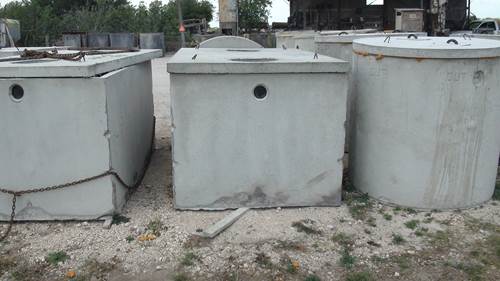Wastewater Infrastructure Work Group
Wastewater Infrastructure Work Group

The Wastewater Infrastructure Work Group was established to document the permitted point sources wastewater treatment facilities (WWTFs) being discharged into the Arroyo Colorado and work to establish more stringent discharge permits for existing WWTFs.
Wastewater Treatment Facility Permits Goals and milestones for the wastewater component of the original watershed protection plan (WPP) were contained within the Pollutant Reduction Plan (PRP) for the Arroyo Colorado. The PRP is an agreement between local wastewater operators and the Texas Commission on Environmental Quality (TCEQ) to reduce the amount of pollutants from domestic and municipal wastewater entering the Arroyo Colorado to the maximum extent feasible. The PRP management measures included permit limits, extension of wastewater service, enhanced wastewater treatment and wastewater reuse.
The PRP identified load reduction measures for 17 municipal WWTFs. These facilities were the focus of the original WPP due to limited resources and because these facilities accounted for over 95% of the total permitted point source loading to the Arroyo Colorado at the time the WPP was completed. The PRP’s first priority was to eliminate permits that allowed 30 mg/L biological oxygen demand (BOD) and 90 mg/L total suspended solids (TSS) to be discharged in the Arroyo Colorado watershed by the year 2010. These types of permits, commonly referred to as 30/90 permits, represent the most basic treatment required of centralized wastewater treatment systems under the Texas Pollutant Discharge Elimination System (TPDES) program. The second priority was to transition all facilities to treatment levels of 10 mg/L BOD and 15 mg/L TSS or lower by 2015. Since then, approximately $120 million has been spent upgrading these facilities from outdated, non-mechanical, lagoon treatment plants to modern mechanical plants.
Currently only one 30/90 permit is still active in the watershed and 13 of 17 WWTFs are operating at 10/15/3 or better. Three facilities that have 20/20 permits have low flow limits of 0.51 mgd or less, and two of these only receive wastewater from residential properties that were until recently using onsite sewage facilities (OSSFs) for waste disposal. These changes have led to a significant decrease in loading to the Arroyo Colorado from the main sources of continuous flow.
Urban Stormwater
The rapid urbanization in the Lower Rio Grande Valley (LRGV) is increasing urban runoff and pollutant loading. In the LRGV, the cities’ public works departments manage the operation of the WWTFs as well as the Stormwater Department & Municipal Separate Storm Sewer Systems (MS4) permits.
Separate Storm Sewer Systems
A separate storm sewer system includes ditches, curbs, gutters, storm sewers and similar means of collecting or conveying runoff that do not connect with a wastewater collection system or treatment plant. A MS4 is a system owned or operated by a public agency such as a city, county or municipal utility district. MS4s that are located within urbanized areas (UAs) defined by the U.S. Census Bureau are required to obtain coverage under the TPDES Phase II General permit. Areas covered under the Phase II small MS4 system regulations are based on total population and population density. Urban areas with populations of 10,000 or more and population densities of 1,000 per square mile are designated UAs requiring coverage under a TPDES stormwater permit. Under the TPDES Stormwater Program for small MS4s, operators of regulated small MS4s are required to design and implement a SWMP that:
- reduces the discharge of pollutants to the “maximum extent practicable,”
- protects water quality, and
- satisfies the appropriate water quality requirements of the CWA.
The original WPP recommended that Storm Water Management Plans for UAs in the Arroyo Colorado watershed be consistent with the goals of the WPP and that information and resources be shared between the Partnership and regulated MS4s in order to achieve mutually beneficial goals. The Partnership and regulated MS4s have worked together to achieve this measure and will continue to work together in aligning their SWMPs with the goals of this update.
